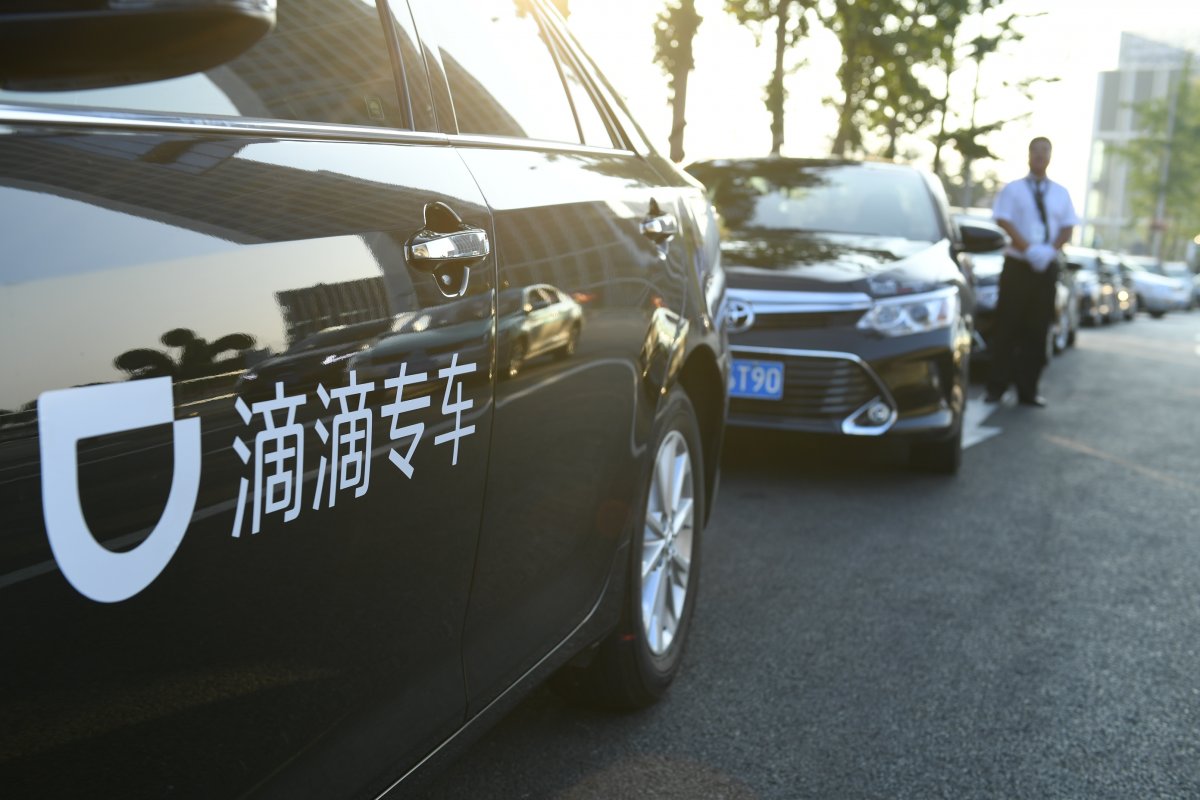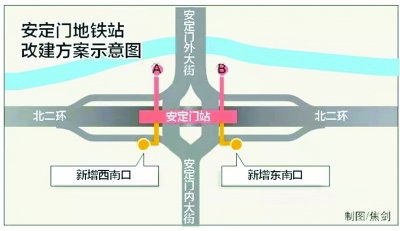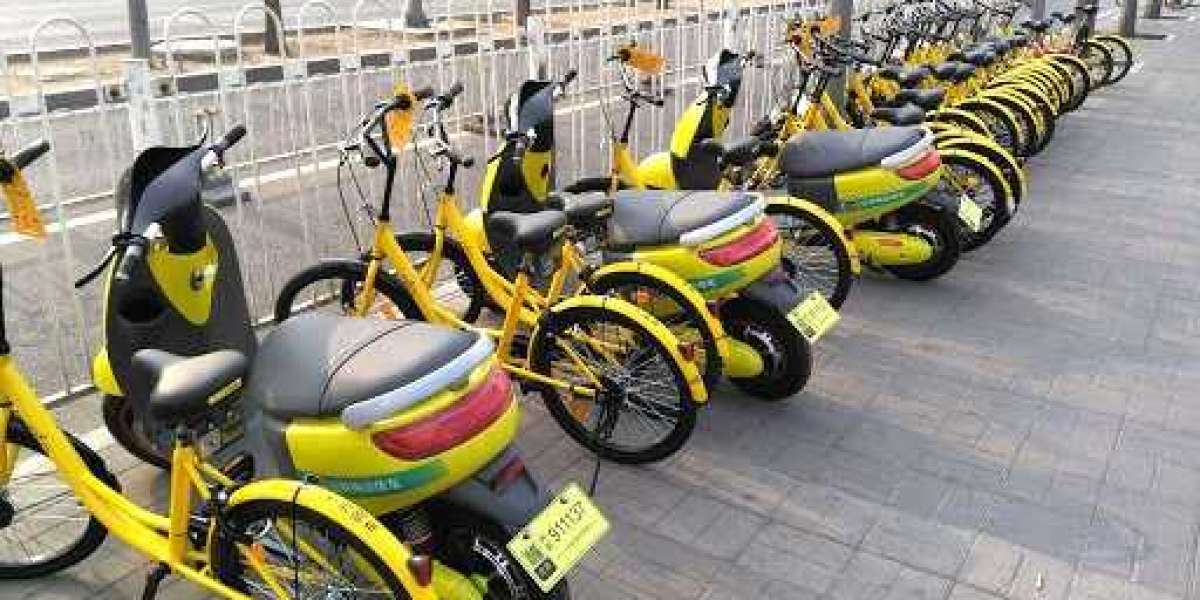That revealed prevalent fraud and illegal activity resulting in hefty fines for several companies, Beijing transit authorities have turned an eye toward the shared electric scooters and concluded the industry should come to a halt.
While shared scooters have not been officially banned, the city recommends that Beijingers refrain from using any brand of electric scooter and has put the kibosh on any further developments for the industry.

The reason, according to reporting by Sina, appears to be an analysis that concludes the scooters are just more trouble than they are worth. While they are convenient for consumers, they take up a lot of parking space on sidewalks already crowded with sharebikes. More importantly, there are major safety concerns over the lithium batteries inside the scooters, which if not properly maintained, could allegedly cause harm to a rider. Likewise, that risk is magnified by the fact that the scooters are kept outdoors in the elements and direct sunlight.
Didi launches a travel agency
As travel within China gradually recovers, Didi Chuxing has invested RMB 50 million into a new travel agency based in Beijing called Beijing Xiaoju. The agency will focus on domestic travel for both Chinese and foreign visitors, according to China Travel News, as well as help to arrange tours and provide ticket sales among other services.

This is the third tourism venture the rideshare giant has invested in, having launched a bus tour service in 2015 (later abandoning the project in 2017) and collaborating with Trip Advisor in 2016 on a ride-hailing project meant to make commutes from airports and hotels easier.
Andingmen station to get two new entrances/exits

Up until now, Line 2's Andingmen Station has only had two exits, both annoyingly located on the north side of the Second Ring Road, despite the fact that far more interesting attractions lie on the southside. This means that most passengers must engage in a veritable game of Frogger every time they want to cross the busy roundabout towards Wudaoying or other nearby hutongs.
At long last, however, transit authorities have offered a remedy: two new stations on the south side of the road. The additional stations were actually planned from the start when the station was first built in the 1970s, but at that time the area was mostly residential and there was no appropriate spot to place the exits. Now that the area is a bustling hotspot for Beijingers and tourists looking to enjoy a day in the hutongs, it’s high time that the exits were built. That being said, no date has been given for the completion of the stations as of yet.



